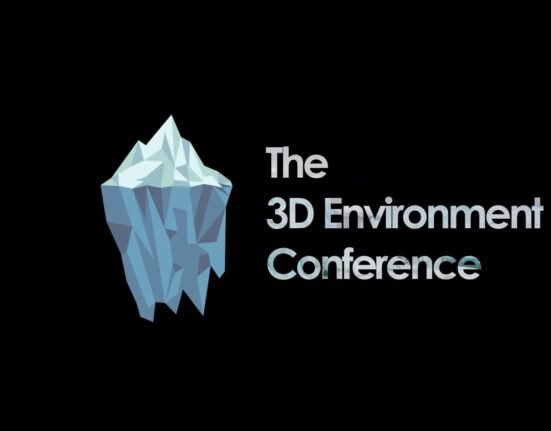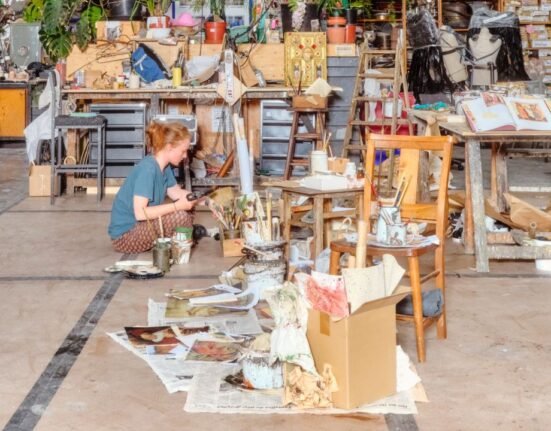
Hurricane season is an annual reminder to South Florida that nature sets its own terms. For most people, preparedness means stocking up on batteries and bottled
Hurricanes as cultural risk
Miami has long lived with the spectre of hurricanes. But in recent years, the storms that make landfall are not only more frequent; they are more severe, often bringing Category 4 or 5 winds and devastating storm surges. For private collectors, museums and other institutions, this raises urgent questions. How do you protect a Picasso or a site-specific installation against a natural disaster? How do you secure works that were never intended to withstand 150-mile-per-hour winds or days without power?
The answer begins with recognizing that preparedness isn’t about reacting when a storm appears on the radar. It’s about embedding resilience into every layer of planning, from infrastructure to people.
Beyond four walls
At Gander & White’s new bespoke facility in Miami, which opened in August, reinforced storage was built to ensure all contents are protected from extreme weather. But bricks and steel alone are not enough. True preparedness rests on protocols for emergency communication, detailed inventory management and pre-established evacuation or relocation procedures.
The art world is increasingly taking notice. Florida institutions are incorporating storm-resistant engineering into new builds and retrofits. Meanwhile, broader strategies have emerged that stretch beyond Miami to New York and other hubs now facing climate stress. Floods in the Northeast, heatwaves in the West and wildfires in California all underscore that disaster preparedness is no longer a South Florida problem. It is a global art world issue.
People make the plan
Even the strongest infrastructure and most detailed manuals will fall short if the people behind them are unprepared. At Gander & White Miami’s office, we keep what we call “the problem solver table”—a space where the team brings forward challenges and solutions. This practice reflects something central to fine art logistics: training and decision-making under pressure. When storms threaten, there is no room for improvisation. Every action must flow from prior preparation and shared understanding.
Whether it’s relocating select works, updating documentation or confirming storage conditions, these steps not only protect collections but also provide peace of mind to insurers. And in a world where insurability is increasingly fragile, that matters more than ever. After the 2024 California wildfires, some collectors faced cancelled coverage or steep premium hikes, a cautionary tale that resonates well beyond the West Coast.
The value of foresight
One principle stands out in art logistics: proactivity over reactivity. Panicked, last-minute decisions—whether moving too quickly or improvising under stress—rarely end well. Effective preparedness is measured and anchored in foresight.
Consider the difference between scrambling to pack and relocate works 24 hours before landfall versus executing a phased plan developed months in advance. In one case, risks compound: staff fatigue, transport bottlenecks and inadequate packing. In the other, logistics flow with precision, protecting not just the works but also the people tasked with safeguarding them. Preparedness is also about knowing when not to act. Sometimes the safest course is to leave a piece secured on site with a custom-made hurricane bonnet rather than risk damage during hurried transit. Wisdom lies not in doing everything, but in doing the right things at the right time.
A shared responsibility
The conversation about disaster resilience often gets siloed: institutions versus private collectors, galleries versus logistics providers. But the truth is that preparedness is a shared responsibility across the entire art ecosystem. The collector who invests in climate-resistant storage, the curator who maintains detailed condition reports, the logistics team that drills emergency protocols—all play interconnected roles.
As global temperatures rise, the line between “hurricane season” and “disaster season” blurs. Floods, fires and heatwaves increasingly overlap with what once were regional threats. The art world, with its global circulation of works, must adapt accordingly. A painting flown from Miami to San Francisco may encounter vastly different climate risks at each stage of its journey. Resilience, therefore, is not just local but transnational.
Moving forward
As extreme weather becomes ever more extreme, the question for everyone involved in the stewardship of art is simple yet urgent: are we ready? Preparedness can no longer be framed as optional, or even as a competitive advantage. It is our most powerful safeguard, protecting not only material assets but also the cultural memory entrusted to us. Hurricanes, floods and fires will come and go. The true test is whether the art—and the stories it carries—endure.
Preparedness is an art form in itself. And like all art, it demands vision, discipline and collective commitment.







